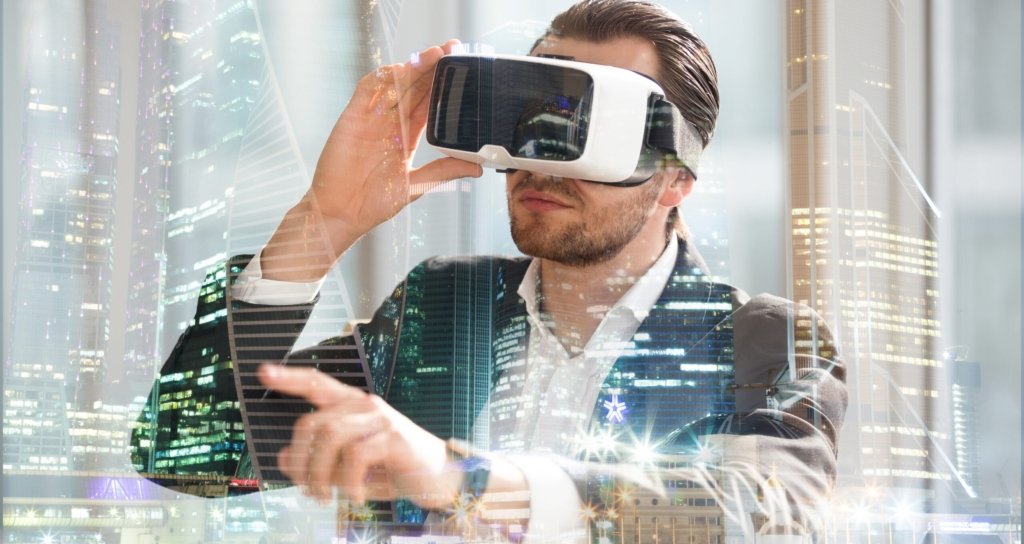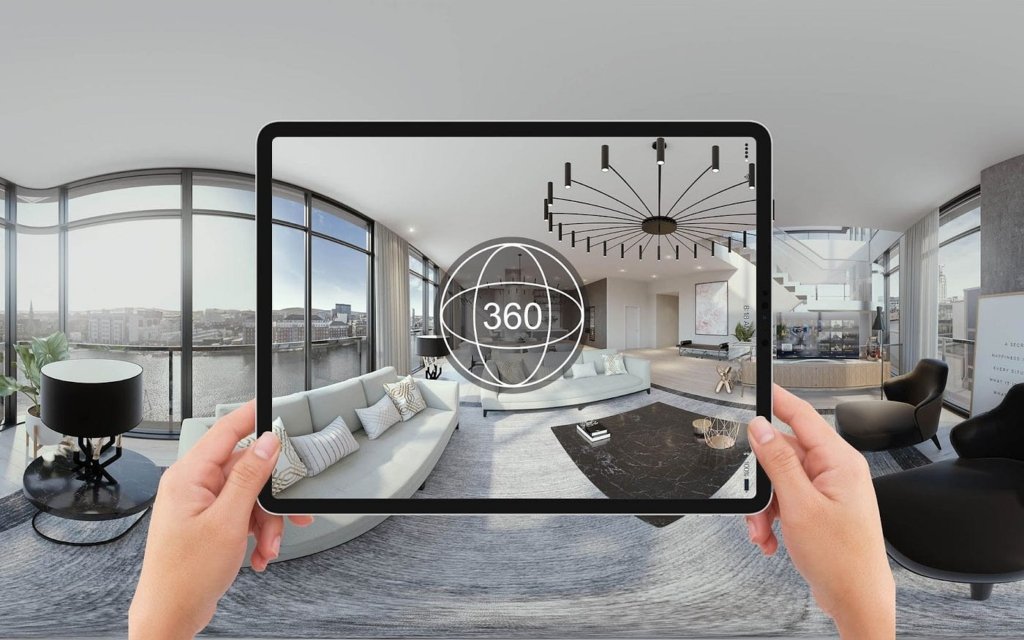Introduction
The real estate market in Somalia is entering a new era, thanks to the integration of virtual reality (VR) technology. Traditionally, buying or renting property required physical visits to multiple sites, which was time-consuming and often challenging, especially for the Somali diaspora and international investors. With VR, potential buyers can now explore properties remotely, saving time and costs while enhancing decision-making. This article explores how VR is transforming the real estate landscape in Somalia, offering both convenience and transparency.
1. Virtual Property Tours: Buying from Anywhere in the World
The most notable change VR brings to the industry is the ability to conduct immersive virtual property tours. Diaspora investors, who often face logistical difficulties traveling back home to inspect properties, can now explore homes and commercial spaces without leaving their current location.
Through VR headsets or web-based 360-degree tours, users can:
– Walk through properties remotely and get a feel of the layout.
– Evaluate the condition and design of a property in detail.
– Make faster purchase decisions by eliminating multiple site visits.
This innovation bridges the geographical gap between property markets in Somalia and the diaspora communities, promoting cross-border investments.

2. Saving Time and Money
VR reduces the need for unnecessary site visits. Traditional homebuyers or renters may visit multiple locations before settling on a property, incurring travel and accommodation costs. With VR, clients can filter their choices remotely and only visit properties of serious interest.
For real estate agencies, this translates to:
– Lower operational costs since fewer physical showings are needed.
– Faster sales cycles as clients make quicker decisions based on virtual tours.
3. Increased Transparency and Trust
Somalia’s real estate market has long struggled with issues of trust and transparency, with clients often unsure if properties advertised online match what they see in person. VR solves this issue by offering virtual tours that mirror the real property conditions, helping clients build trust in the process.
Additionally, developers and sellers are using VR to showcase off-plan properties—those still under construction—allowing clients to visualize the final product and make informed decisions. This builds confidence among buyers and investors, especially in new developments.
4. Targeting Commercial Properties and New Developments
VR is not just for residential real estate. Developers and investors in commercial real estate can also leverage VR tours to inspect office spaces, retail outlets, and warehouses remotely.
– Retail spaces: Store owners can visualize how products will fit in a store layout.
– Off-plan projects: VR allows clients to explore architectural models and layouts before construction is completed.
This innovation also benefits local urban planners, giving them insight into new developments and fostering data-driven decisions.

5. Improving Marketing and Customer Engagement
Real estate companies in Somalia are using VR to enhance their marketing strategies. Integrating VR tours into websites and social media channels helps engage a wider audience. Potential buyers and investors are more likely to explore listings that offer immersive virtual tours, driving higher engagement.
Real estate agents can also personalize property tours, helping clients explore specific property features that align with their preferences. This level of personalization improves customer satisfaction and loyalty.
6. Challenges and Future Prospects
While the adoption of VR in Somalia’s real estate market offers many benefits, there are challenges to consider:
– High initial investment: VR equipment and software require significant upfront costs.
– Internet infrastructure: VR tours rely on high-speed internet, which may not be available in all parts of the country.
– Client adaptation: Some clients may need time to get comfortable with the technology.
However, as Somalia’s internet connectivity and digital literacy improve, VR adoption is expected to grow. Companies like Dhul Hubaal Real Estate are leading this transformation, making property transactions more efficient and appealing to local and diaspora investors.
Conclusion
Virtual reality is changing the way real estate is bought and sold in Somalia. With remote property tours, increased transparency, and reduced operational costs, VR offers a competitive edge in the real estate industry. Companies adopting VR are set to attract more diaspora investments and build trust among local clients, creating a more efficient and sustainable real estate market. As technology continues to evolve, VR will play a pivotal role in shaping the future of real estate in Somalia.
